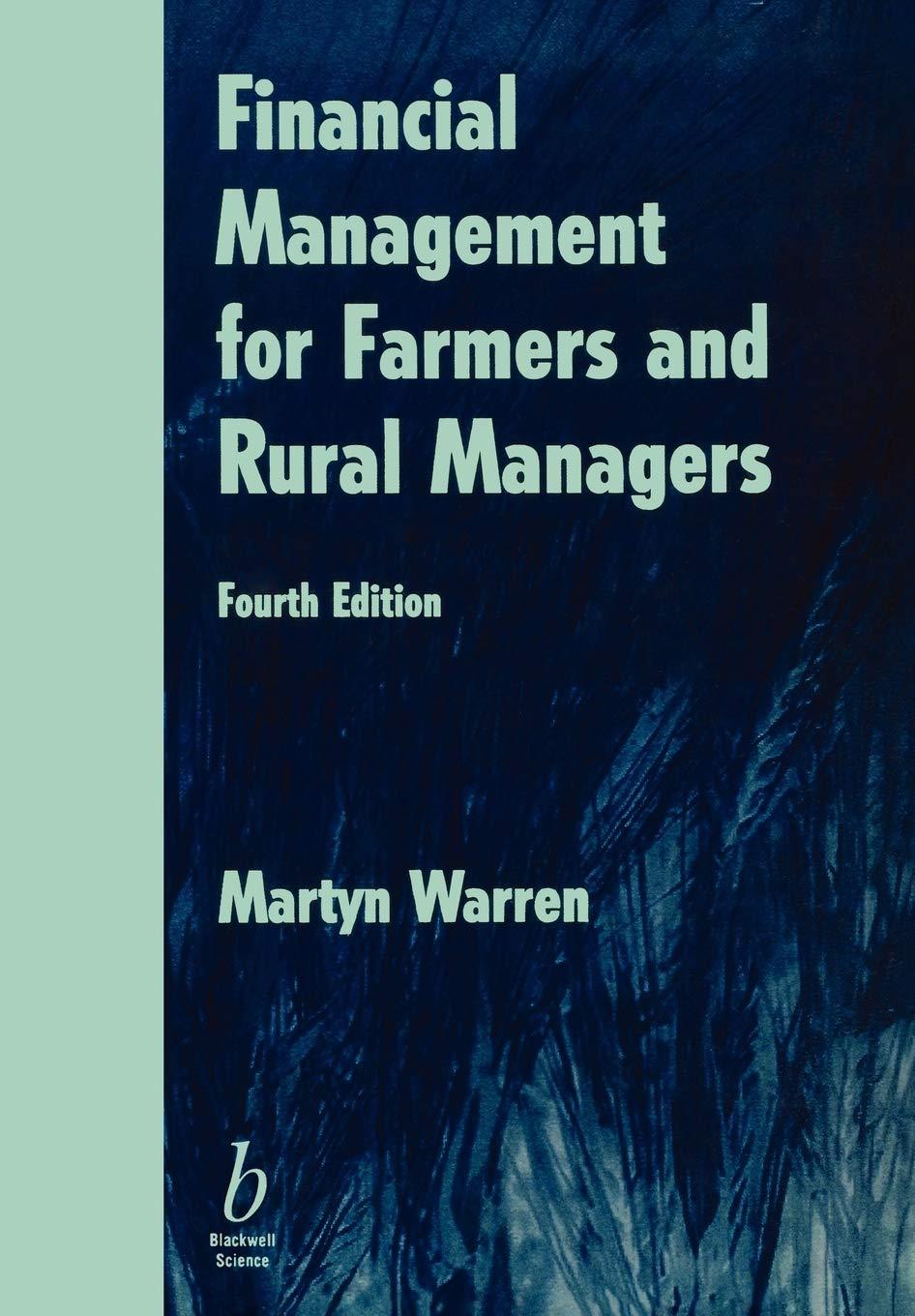Question
What should be done to maximize shareholder wealth and thus the value of the firm? a. Increase the risk level of the firm. b. Slow
-
What should be done to maximize shareholder wealth and thus the value of the firm?
a. Increase the risk level of the firm.
b. Slow down the cash receipt of the organization.
c. Raise the free cash flows of the business.
d. Decrease the size of expected cash flow of the company.
1 points
QUESTION 2
-
Which statement about the balance sheet is true?
a. For most companies, the market value of the stock equals the book value of the stock as reported on the balance sheet.
b. The balance sheet for a given year tells us how much money the company earned during that year.
c. The balance sheet for a given year is designed to give us an idea of what happened to the firm during that year.
d. A balance sheet lists the assets that will be converted to cash first and the longest-lived ones last.
1 points
QUESTION 3
-
A firms new president wants to strengthen the companys financial position. Which action would make it financially stronger?
a. increase EBIT while holding sales constant
b. increase accounts receivable while holding sales constant
c. increase accounts payable while holding sales constant
d. increase notes payable while holding sales constant
1 points
QUESTION 4
-
Which statement about accounts receivable is correct?
a. There is no relationship between the DSO and the ACP. These ratios measure entirely different things.
b. If a security analyst saw that a firms DSO was higher than the industry average and was increasing and trending still higher, this would be interpreted as a sign of strength.
c. If a firm increases its sales while holding its accounts receivable constant, then, other things held constant, its days sales outstanding will decline.
d. If a firm increases its sales while holding its accounts receivable constant, then, other things held constant, its DSO will increase.
1 points
QUESTION 5
-
Which assumption is embodied in the AFN formula forecasting method?
a. All balance sheet accounts are tied directly to sales.
b. Fixed assets, but not current assets, are tied directly to sales.
c. Common stock and long-term debt are tied directly to sales.
d. Accounts payable and accruals are tied directly to sales.
Step by Step Solution
There are 3 Steps involved in it
Step: 1

Get Instant Access to Expert-Tailored Solutions
See step-by-step solutions with expert insights and AI powered tools for academic success
Step: 2

Step: 3

Ace Your Homework with AI
Get the answers you need in no time with our AI-driven, step-by-step assistance
Get Started


